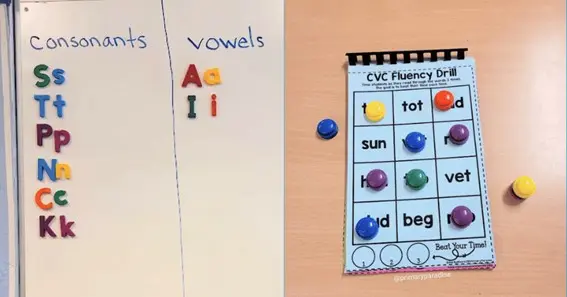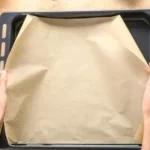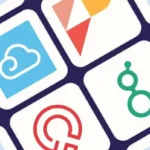A closed syllable is a fundamental concept in English phonics, essential for understanding word pronunciation and spelling. It occurs when a syllable contains a single vowel followed by one or more consonants, effectively “closing” the vowel and resulting in a short vowel sound. This pattern is prevalent in the English language and serves as a building block for reading proficiency.
Defining Closed Syllables
In a closed syllable, the vowel is “closed in” by a consonant, leading to a short vowel sound. This structure is commonly represented by the consonant-vowel-consonant (CVC) pattern. Examples include:
- Cat: The vowel ‘a’ is followed by the consonant ‘t’, producing the short ‘a’ sound.
- Pen: The vowel ‘e’ is followed by the consonant ‘n’, producing the short ‘e’ sound.
- Dog: The vowel ‘o’ is followed by the consonant ‘g’, producing the short ‘o’ sound.
Closed syllables can vary in length and complexity, encompassing words like “in,” “ask,” “jump,” and “shrimp.” The consistent feature is a single vowel followed by one or more consonants, resulting in a short vowel sound.
Also Read N: Unleash Your Creativity With Kuromi Coloring Pages: A Fun Activity For All Ages
Importance in Reading Instruction
Teaching closed syllables is a critical step in developing reading skills, particularly for beginning readers. This syllable type accounts for nearly 50% of syllables in English, making it a reliable pattern for decoding words. By mastering closed syllables, learners can accurately read and spell a wide range of words, laying a solid foundation for literacy.
Also Read P: Lumen On TV Today: How To Watch Events From Lumen Field
Teaching Strategies for Closed Syllables
- Explicit Instruction: Clearly explain the closed syllable pattern, emphasizing the short vowel sound when a vowel is followed by a consonant.
- Use of Decodable Texts: Provide reading materials that predominantly feature closed syllable words to reinforce the pattern.
- Multisensory Activities: Engage students with activities that involve visual, auditory, and kinesthetic elements to reinforce learning.
- Word Sorting: Have students categorize words based on syllable types to enhance recognition and understanding.
- Interactive Games: Incorporate games that focus on identifying and constructing closed syllable words to make learning enjoyable.
By recognizing closed syllables, learners can improve their ability to sound out and understand a variety of words more effectively.
FAQ
- What is a closed syllable?
- A closed syllable contains a single vowel followed by one or more consonants, resulting in a short vowel sound.
- Why are closed syllables important in reading?
- They represent a common and consistent spelling pattern, aiding in accurate word decoding and spelling.
- How can I identify a closed syllable?
- Look for a syllable where a vowel is followed by a consonant, causing the vowel to have a short sound.
- What are examples of closed syllable words?
- Examples include “cat,” “pen,” “dog,” “jump,” and “shrimp.”
- How do closed syllables differ from open syllables?
- In closed syllables, the vowel is followed by a consonant and has a short sound. In open syllables, the vowel is not followed by a consonant, resulting in a long vowel sound.
Dive into an intriguing read dorm-parent-in-dream-meaning
- In closed syllables, the vowel is followed by a consonant and has a short sound. In open syllables, the vowel is not followed by a consonant, resulting in a long vowel sound.










